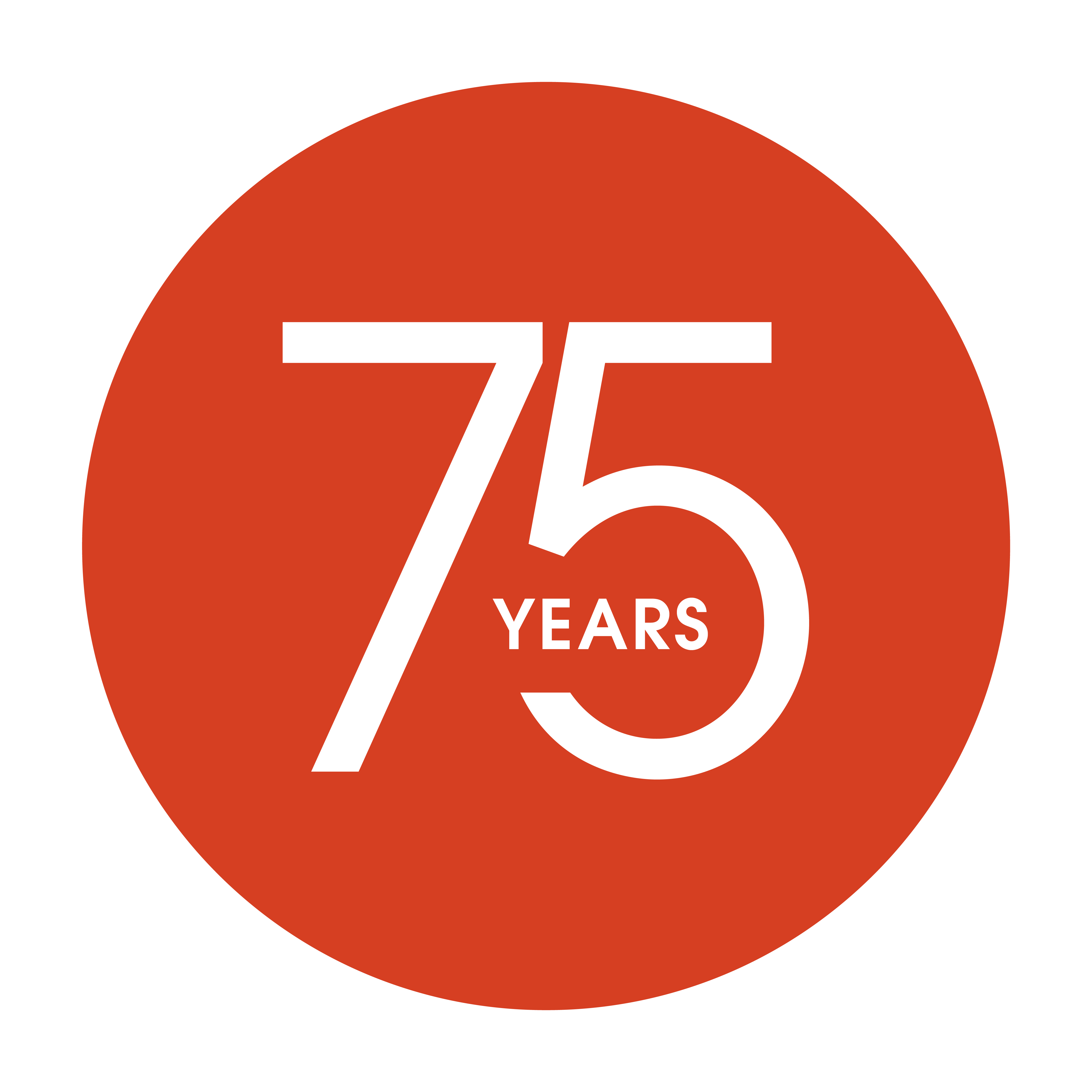Arabica beans
The Arabica coffee species is mainly cultivated in Central and South America, Brazil, southern Mexico, Venezuela, Colombia, Ecuador, Peru, Bolivia. Also in parts of Africa such as Guinea, Nigeria, Congo, Central African Republic, India, Vietnam, Thailand and Indonesia.
It is the most widely grown worldwide, accounting for 55 - 60% of the world's coffee production and therefore the most traded variety.
It was the first to be cultivated and its leaves were used to make tea infusions and, later, its beans were used to make the coffee we know today.
The Arabica coffee tree grows at higher altitudes, in areas between 800 and 2100 metres above sea level, and the coffee trees are more delicate, needing more care and more stable climatic conditions.
Its beans are elongated and denser, its central fissure is open and S-shaped. This variety has a 1 - 1'5% of caffeine. And it has more different nuances in aromas and flavours.
Types of Arabica beans
There are many varieties of Arabica coffee beans, here are the four most representative ones:
Moka
Originally from Yemen, this sub-type of Arabica coffee is characterised by its low acidity and chocolate-like taste, which is why Moka is sometimes confused with the combination of coffee and cocoa, but they are different drinks.
Java
The Java subtype comes from Indonesia, and thanks to its specific soil and climate, it produces a bean with a very strong, spicy flavour and a touch of sweetness.
Kenya AA
As the name suggests, it comes from Kenya and this coffee has a very intense flavour as it is grown in volcanic soil.
Tarrazú
Also grown in volcanic soil, this sub-type of coffee grown in Costa Rica is characterised by a chocolate-like taste and is slightly acidic.




